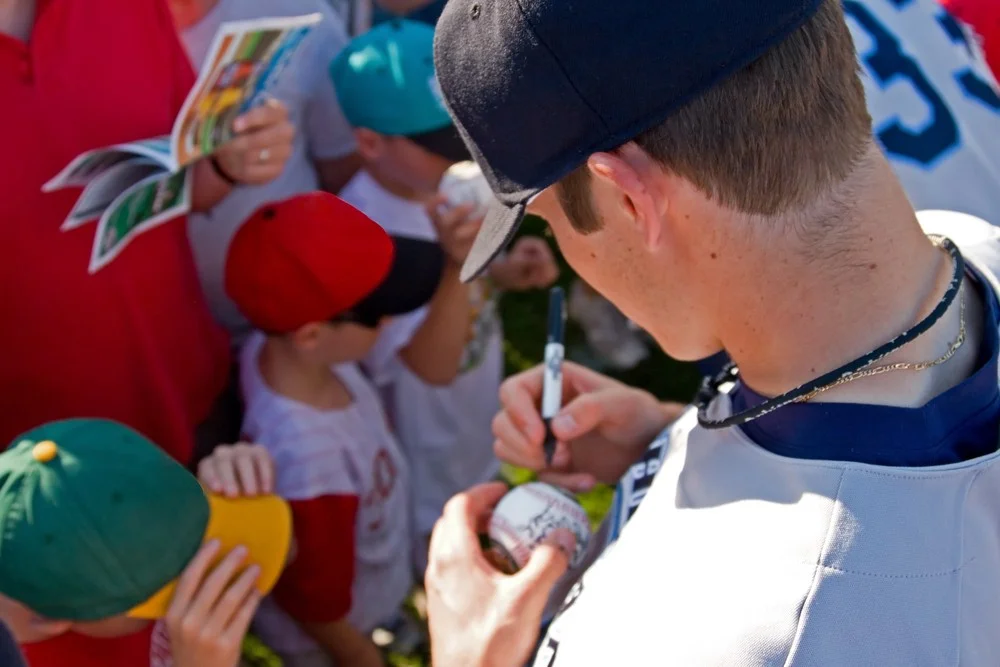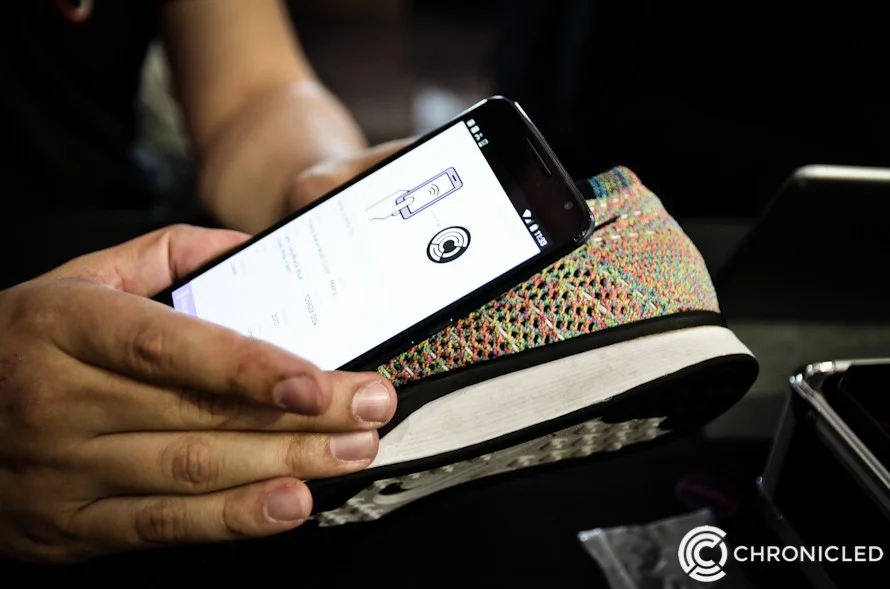Why Blockchain Will Change The Collectibles Landscape (It’s More Than Authentication)
I really enjoy shopping at vintage or second-hand stores.
There are so many times when I pick up an item and wonder, “What’s the story behind this?”
Unfortunately, by the time something has made it to the second-hand shop, its backstory is usually long lost.
But collectors and curious shoppers like me want to know the story behind an object. They want to see where it’s been, who’s owned it, why it’s become more valuable over time.
In many cases, the history of the object is what gives it value in the first place.
And blockchain is the perfect tool for both authenticating an object and preserving the valuable story of its life.
Here’s how it works:
Blockchain’s main use in the collectibles industry is authentication.
Once an item becomes collectible and valuable, forgeries inevitably follow.
A couple in Banbury, England were recently convicted of selling fake football memorabilia — to the tune of £1 million.
No one wants to walk away from an appraisal knowing that the memorabilia they paid thousands of dollars for is essentially worthless. But collectible items, whether handbags or autographed jerseys, are often difficult to authenticate.
That’s an issue for anyone who wants peace of mind about their items, but it’s especially problematic for the upstream owners who may want to resell what they have.
The problem is A) how do they know for certain what have is real, and B) how can they prove it to someone they’re trying to sell to?
Blockchain has the answer.
In early 2015, our first product at Chronicled was a collector’s app that provided you with a digital record of your favorite sneakers, books, vinyl records, and art. It works by creating a digital representation of a physical object and linking them on blockchain.
Using your phone, you can scan a chip or tamper-proof sticker to see if the item in question is authentic.
But authentication is only the first step.
Blockchain can provide transparency into the digital life of collectible objects.
Let’s say you go to the NBA finals and purchase a game-worn jersey of your favorite player.
If the company selling the jersey used blockchain the authenticate it, you can get far more than just a jersey.
For example, the company might have decided to send a representative to the NBA finals to take a picture of the player wearing the jersey. And after the game, they also got a picture of the player signing the jersey. Maybe they even put together a video montage of the player’s performance in that game.
All of that media and information can be linked to the item on blockchain.
So, when someone buys the jersey from the company, they don’t just get the jersey — they get a timeline of the life of the jersey and the backstory behind it.
The digital story behind an item adds value to it over time.
The story behind an item is often more than just a nice addition — it affects the price and value of the object.
You know what I’m talking about if you’ve ever gone furniture shopping at an antique mall. Every piece of furniture there has some sort of backstory that makes it difficult for the sales associate to lower the price. You’re left to wonder whether that end table really came from FDR’s study, or if the owner found it on the side of the road.
Our goal is to prove the claims made about collectible objects and attest to all of the events in its life.
We call that the social record feature.
Knowing who owned an item or who crafted it is an essential part of assessing value. By registering items on blockchain, we can make sure that history isn’t lost, and the item retains its value.
Blockchain authentication creates new opportunities for collectors everywhere.
Once physical objects are represented digitally, they can be grouped with other digital assets in a portfolio of collectibles.
For example, digital collectibles like CryptoKitties could live side by side with autographs and sport memorabilia in a virtual portfolio.
From there, it isn’t hard to imagine a platform that would work much like Instagram — but for collectibles. You’d have a portfolio full of your collectibles, and receipts for all of them. You could check out other people’s collections, and potentially even trade or buy via the platform.
Not every object has a great story behind it that people will want to learn about. But there will always be a class of objects whose story is valuable, worthwhile, or both.
Passing that history on to new owners allows them to understand where their new possession have been and what value they truly hold.
Thanks for reading!
Follow me on Twitter and Quora for more insights on blockchain technology.



